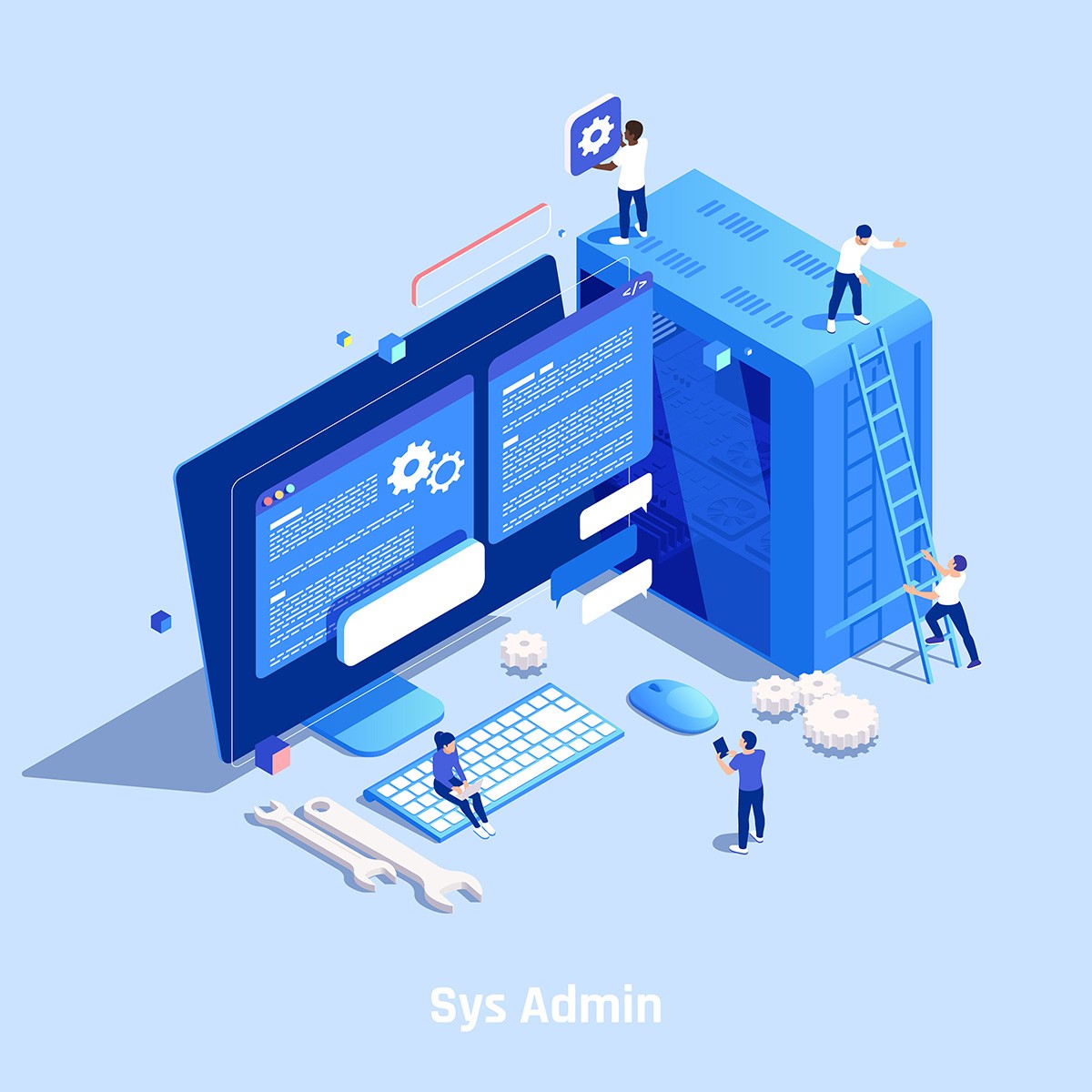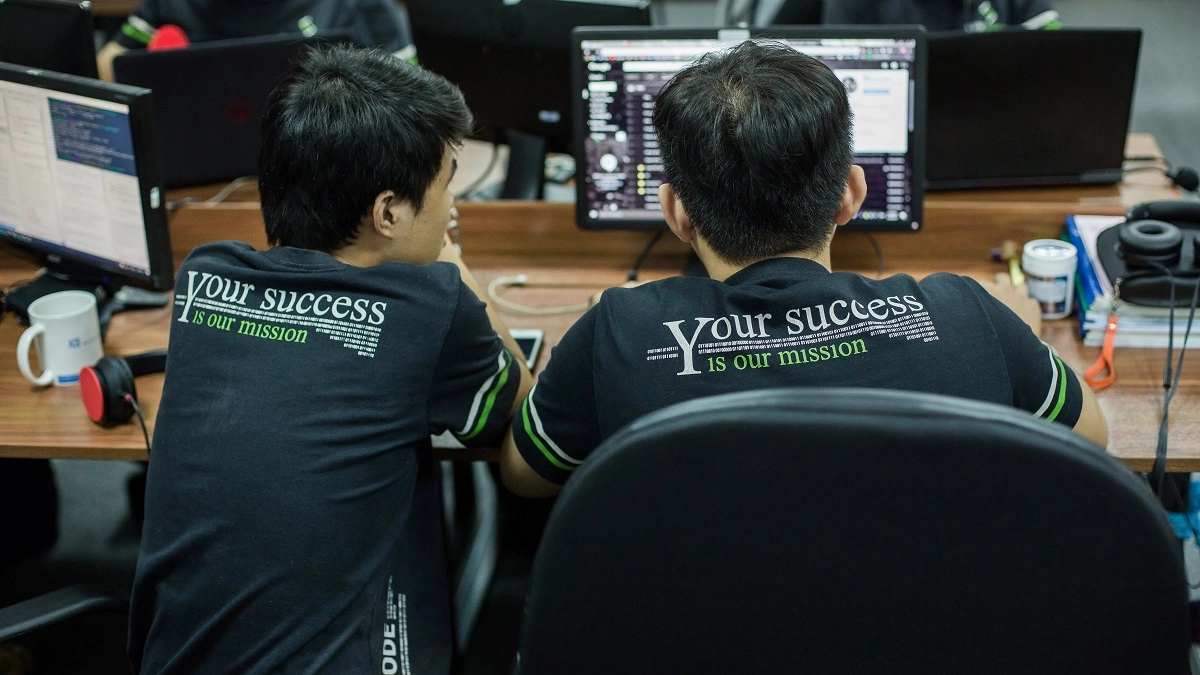As you explore offshore software development, recognize its benefits and challenges. It’s more than cost savings. It’s also accessing global talent, speeding up projects, and boosting innovation. Today’s digital world values offshoring your work for its competitive edge.
You can tap into specialized skills and technologies not found in your location. Yet, managing a team across various time zones and cultures is complex. A sound strategy ensures smooth operations and quality results. Adopting best practices is critical. These practices avoid information gaps, cultural differences, and project missteps.
This article covers offshore development best practices for successful project development. These steps prepare you for effective cooperation with global teams.
Top Challenges Companies Face When Hiring Offshore Development Teams
|
Challenges |
Meaning |
|
Lack of Communication |
Proficiency in the English language and limitations in technology infrastructure can hinder effective communication. |
|
Time Zone Mismatch |
Offshore teams often work from different continents, like Asia or Eastern Europe, leading to inconvenient time differences. |
|
Cultural Differences |
Adherence to deadlines, honest communication, and straightforward dialogue vary across cultures. |
|
Data Risks |
Organizations must focus on aspects like IP protection, data safety, and privacy to avoid risks. |
|
Quality Delivery |
Choosing the right offshoring vendor is challenging; selecting inexperienced teams can affect quality delivery. |
Offshore Software Development Best Practices for Success
Building a solid offshore application development plan is beyond just hiring. It’s setting up a system that works worldwide. Your strategy needs to blend different methods. This makes work easier and gets the most from your teams. Let’s review these steps to maximize your offshore development best practices.
1. Selecting the Right Partner
Picking the perfect offshore development partner is necessary. This is how to do it well:
- Start by checking their technical skills. Look at their past projects to see if they match your needs in complexity and technology. This will show if they have the right skills and a solid track record.
- Next, check their reputation. Read client testimonials and reviews. Look at sites like Clutch or Upwork to see their ratings. Direct feedback from past clients helps understand their expertise and quality.
- Make sure they communicate well and fit your company’s culture. Good conversation is essential for managing an offshoring team. A partner that matches your business culture will make teamwork smoother.
- Consider their industry experience. A partner who knows your industry will understand your challenges better. This leads to solutions more suited to your specific needs and goals.
2. Defining Clear Objectives and Requirements
Setting clear goals and creating detailed plans is crucial. This is true when starting an offshoring IT development project. These plans act like a map and guide every project step. It keeps everyone aligned with the goals and standards. Below are some key points to make this process easier:
Establish Clear Goals:
- Define the project’s objectives from the start.
- Ensure all team members understand these goals.
Create Detailed Plans:
- Develop comprehensive project plans
- Outline each phase and milestone.
- Specify output and deadlines.
Maintain Robust Initial Records:
- Document duties for each team member.
- Use these records as a reference throughout the project.
Avoid Confusion:
- Ensure everyone knows their roles and requirements.
- Use the document to prevent confusion.
Facilitate New Developer Integration:
- Make records accessible to onboard new developers.
- Enable smooth transitions between different project stages.
Use as a Reference Tool:
- Refer to documents to clear up doubts.
- Ensure the work meets the required standards.
Ensure Convenience:
- Make documents easy to read for all team members, including non-technical staff.
- Enhance teamwork and project unity.
Leverage Management Tools:
- Utilize platforms like GitHub for document creation and management.
- Keep all documents current and accessible to everyone.
3. Establishing Effective Contact Channels
Having effective conversations with offshoring development teams is crucial for project success. To streamline this process, consider these strategies:
Utilize Modern Tools:
- Slack: Ideal for daily chats and file sharing. It keeps everyone connected and productive.
- Zoom: Essential for video calls, adding a personal touch to remote discussions.
Organize Tasks Well:
- Asana: Helps in organizing tasks and tracking progress in one place.
- Jira: Enhances contact with the offshored team by keeping everyone updated in real-time.
- Choose Suitable Contact Channels: Selecting the right tools is vital. You need this when managing remote developers. These tools ensure seamless communication and task management.
Incorporate Video Calls:
- Zoom or Google Meet: Video calls foster trust and facilitate detailed discussions. They are critical for quick decision-making. This is true when team members are in different locations.
4. Cultural Attention and Training
Adding cultural awareness to your IT practices is critical. It boosts team unity and better results. First, train everyone to be sensitive to other cultures. Cover cultural differences, discussion styles, and conflict-solving.
This training eases group effort by reducing confusion. Let team members share their cultural stories. You can celebrate cultural events as a team. This builds stronger team bonds and improves cultural skills.
Last, adjust your management to fit different cultures. This means understanding their views on hierarchy and conversation. This change will improve teamwork and project results.
5. Implementing Robust Security Measures
Protecting your IP when offshoring your software development is crucial. It keeps you competitive and legal. In the U.S., protect your software and data from misuse. Start with clear legal limits. Use NDAs and IP contracts.
These keep your work safe and private. They stop others from using your work without permission. Know the IP laws of your offshoring partner’s country. Use online resources to help.
Add tech safeguards, as well. Use access controls and secure contact channels. Do regular security checks. These steps keep your information safe and private throughout the project.
6. Using Project Management Tools
Effective project management tools are essential. They keep you grounded when embarking on offshoring software development. These tools, such as Jira and Trello, enhance team efficiency and transparency. This is how they can benefit your teams in other locations:
Key Benefits of Project Management Tools:
Efficiency and Transparency:
- Boost Team Efficiency: Tools like Jira and Trello streamline workflow, making processes more efficient.
- Enhance Transparency: They provide clarity in project progress. This helps teams stay aligned and informed.
Features of Jira:
Agile Method Support:
- Scrum and Kanban Boards: Jira supports detailed agile methods. This is why it is ideal for teams following Scrum or Kanban.
- Detailed Tracking and Reporting: Offers robust tracking and reporting features. This ensures high project management standards.
Integration Capacity:
- Platform Fit: Integrates seamlessly with other platforms. These include Slack and Bitbucket, aiding in the management of complex projects.
- Tailorable Workflows: Allows tailoring to fit specific project needs. This will make you more adaptable.
Features of Trello:
Simplicity and Visual Management:
- User-Friendly Interface: Trello is straightforward and easy to use. It is perfect for teams that prefer simplicity.
- Visual Task Management: Utilizes visual boards to manage tasks. It provides an intuitive way to organize and collaborate.
Wide Usage:
- Wide Application Integration: Works well with various applications. This increases its utility without adding complexity.
- Flexible Usage: Suitable for diverse project types, from simple to complex.
Choosing the Right Tool:
Jira:
- Best for projects requiring detailed tracking, reporting, and integration with other platforms.
- Ideal for teams adhering to agile methods like Scrum and Kanban.
Trello:
- Suited for projects needing a simple, visual workflow.
- Perfect for teams seeking an easy way to manage tasks and collaborate.
7. Creating a Relationship-Based Approach
Building lasting partnerships when offshoring your software development is essential for long-term success. You don’t have to focus only on quick projects. You should emphasize long-term value by following these key practices:
- Understand Values and Goals: Ensure that your business aims align with your offshoring partner’s objectives. This alignment creates a shared purpose and commitment, fostering ongoing cooperation.
- Clear and Open Discussions: Maintain regular updates and honest feedback. This keeps everyone on the same page. This transparency prevents confusion and builds trust between teams.
- Inclusive Team Culture: Treat your offshore development teams well. See them as integral parts of your primary team. Celebrate their successes and support their growth, which boosts morale and loyalty.
- Incentives and Rewards: Let’s say you have an offshore development center in Vietnam. You can offer incentives, rewards, company trips, and employee recognition programs. These initiatives help bridge gaps. They can unite your Australian managers and Vietnamese offshore employees. This fosters a closer connection.
- Long-Term Vision: Aim for a long-term partnership rather than just short-term gains. A shared vision for the future strengthens the relationship and ensures mutual growth.
- Cultural Integration: Encourage cross-cultural understanding and partnership. Organize regular meetings and cultural exchange programs. Have team-building activities to enhance cohesion.
Implementing these practices is necessary. They help you create a strong, relationship-based approach to offshoring your software development. This ensures sustainable success and long-lasting partnerships.
8. Adapting to Time Zone Differences
Plan overlapping hours for better teamwork with your offshore team. This boosts the team’s morale and keeps projects running well. When both teams work, they talk and solve problems better.
For example, if the U.S. team starts their day late, the offshore IT development team can stay late. This lets them work on significant tasks. Using tools like video calls helps both teams work well during these hours.
This method speeds up work and brings fresh ideas, which is crucial for software development. It cuts delays in chats and helps work go on all day and night, making projects finish faster.
9. Regular Feedback and Iterative Reviews
Regular feedback and reviews are key to constant improvement in offshore software development. Creating an open feedback culture lets your team share concerns, suggest ideas, and improve their methods. This avoids costly errors and boosts skills and project results.
It’s essential to have someone involved with the offshore team to watch the project’s progress. They can step in when needed. This ongoing interaction helps catch risks early. It keeps the project on track and aligned with your business goals. Having continuous feedback in your project cycle allows for quick adjustments.
This trait is crucial for handling the challenges of the offshore development model. Keeping in close contact ensures everyone stays focused on the project’s goals. It leads to a cooperative and effective work environment.
10. Legal Frameworks and Compliance
When you start software projects overseas, it’s crucial to have binding contracts and NDAs. This protects your project and makes rules clear for everyone involved. This is how to ensure your legal documents are solid:
- Ownership and IP Rights: Explain who owns any software, code, or technology the team makes. This protects your assets and helps avoid legal issues later.
- Privacy and Data Security: Use strict NDAs to keep sensitive information secret. Define what’s confidential and the penalties for sharing it. This stops leaks of important tech or information.
- Compliance with Laws: Your contracts must follow all laws. This includes that of your country and the offshore company’s country. This might include following data protection laws like GDPR in Europe.
- Clear Terms and Conditions: Write the work the company will do, what you’ll get, and deadlines. And explain how you’ll pay. This avoids confusion and sets clear expectations.
Building strong legal foundations helps protect your business. It creates a trustworthy relationship with your offshore development team. Talk to a legal expert who knows global and IP laws for the best results. They can make sure your contracts are perfect for your projects.
Final Thoughts
Using offshore software development is an intelligent strategy. It changes how you handle global projects. We know that best practices are vital to maintaining quality and efficiency.
Don’t see it only as saving money. It’s a way to get special skills and speed up your projects. This boosts your edge in the market.
Are you ready to improve your company’s skills? Don’t just pick any offshore development company. Choose Saigon Technology. We have a robust offshore model ready to meet your needs and push your projects forward. We commit to quality and align with your goals. Contact us today.
FAQs
1. How will the offshore team be structured, and what roles or skills are required to ensure the project’s success?
Your offshore development team should mirror your primary team. Include project managers, tech leads, developers, QA experts, UX/UI designers, business analysts and DevOps engineers. Everyone needs technical and soft skills, like good social relations and being adaptable. Build a diverse team that shares your company’s goals and values. This boosts teamwork and new ideas.
2. How will we manage communication and collaboration across different time zones?
Find standard working hours for all teams. This allows quick talks and decisions. Use tools like Slack, Zoom, and Jira to have clear discussions. Regular video calls are good. They make team bonds stronger.
3. How will we allocate tasks between the onshore and offshore teams?
Give tasks based on the team’s strengths and time zones. Schedule client collaboration for the onshore team’s hours. Set coding tasks for the offshore team’s hours. Use a project management tool to track tasks. Keep the offshore team involved from start to finish. This helps them understand and contribute well.












